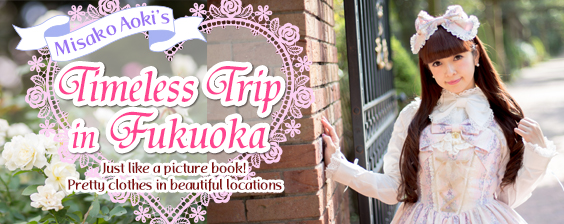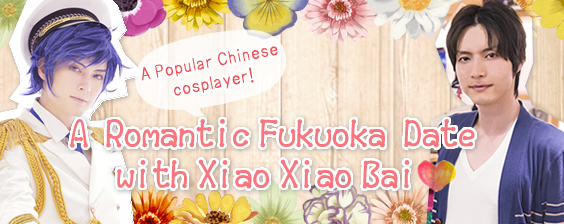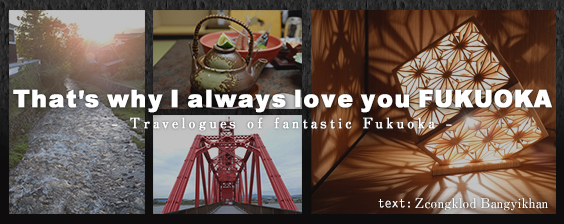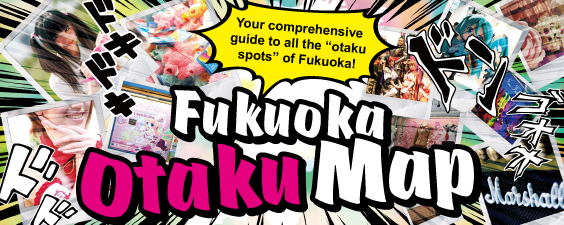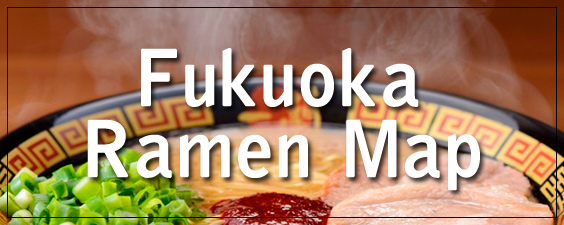- Home
- feature
- That's why I always love you F...
- That's why I always love you F...
That's why I always love you Fukuoka by Zcongklod Bangyikhan #03 Asakura Agricultural Produce and Zazen(3/3)
Previous | Next
Enseiji Temple
“Zazen” refers to the practice of seated meditation undertaken at temples in Japan. As a life experience it’s extremely worthwhile.
I’ve seen zazen promoted in tourism pamphlets countless times in Japan but it never interested me one bit. It’s also one of the religious practices at Buddhist temples in Thailand, but I always doubted whether anyone actually meditated with serious devoutness and only ever thought that meditation was about sitting silently and going to sleep. And for that reason, I didn’t want to go out of my way to put aside time and participate in something like zazen when I felt I could do the same thing at home just by closing my eyes.
Enseiji is an old, beautiful temple – the main building made of wood, with a garden before it and a rock garden within. But I didn’t come here to inspect the temple, I came for zazen.
I sat down on the round black cushion placed on the tatami and after receiving instruction from the chief priest on how to fold my legs and position my arms for meditation, I sat down facing the wall, and with my eyes still open, tried to calm my mind. So far this is exactly the same as how it is done in Thailand. But from here on it deviates.
According to the priest, if you focus on your breathing, it becomes difficult to entertain wild thoughts.
If there is anyone during zazen who appears to look sleepy, has bad posture, or starts to become too relaxed, the priest will signal them by lightly tapping them on their right shoulder with a wooden stick called a “kyosaku.” The tapped person will then lean their head to the left and the priest will hit them on the right shoulder with the kyosaku. This is not a punishment but a form of encouragement. Following this, both priest and disciple put their hands together in prayer and bow.
During the explanation of zazen, the man who was in charge of my sightseeing trip through Asakura city had the priest hit him with the kyosaku just to see what it felt like, and the noise echoed through the whole room. We realized straight away that we were going to do everything we could not to wind up on the other end of that stick. The man in charge suddenly announced, “I have another job to attend to, so I’ll be heading off,” but I wonder if he wasn’t really just making a beeline for the nearest hospital…!?
So we finished our training and then it came time for the real zazen. Everyone sat in two rows facing away from each other and the priest walked between us observing our technique and posture. Even if you can’t see the priest during zazen, you can hear his footsteps as he shuffles along the tatami, so you always know where he is. As soon as the priest got closer, I poured every effort into maintaining perfect posture and unifying my mind. Once he passes there’s a feeling of relief, but he’s back again almost immediately. I didn’t get sleepy during my zazen experience and I kept my focus, but in doing so was I able to concentrate my conscious and improve my mental state? This I can’t answer.
Just before the end, the priest asked if there was anyone who would like to receive the kyosaku. Everyone had their backs to each other so I had no idea if anyone volunteered. Then, after a brief pause, a painful sounding whack like the one I heard earlier, followed by a short cry, “Ah.” The one who volunteered for the stick was one of the women in the asianbeat staff. When the zazen was over I jokingly said to her, “We can handle the rest of the afternoon ourselves, you should just get yourself to the hospital.”
Later on I regretted not experiencing the kyosaku for myself. If I had, I would have understood just how effective it really was.
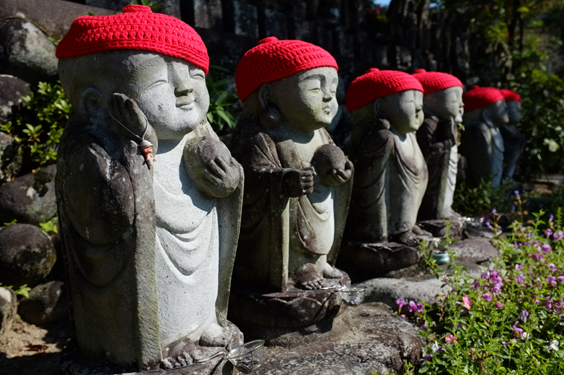
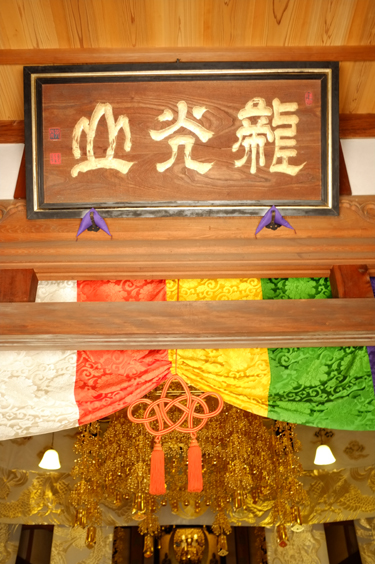
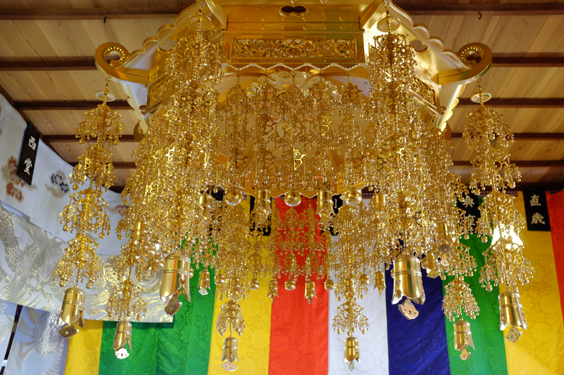
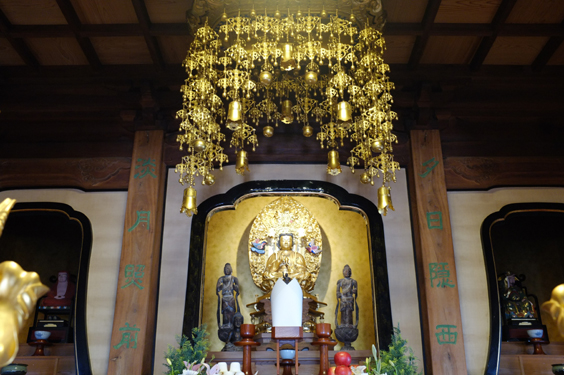
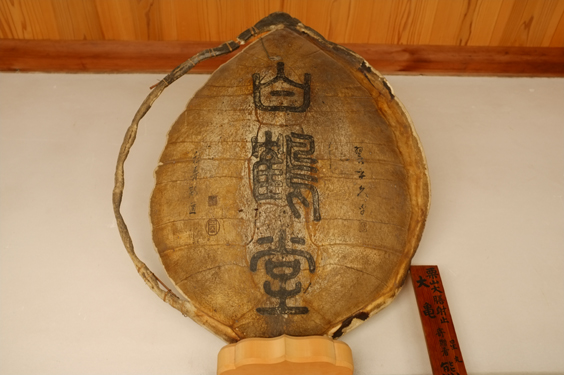
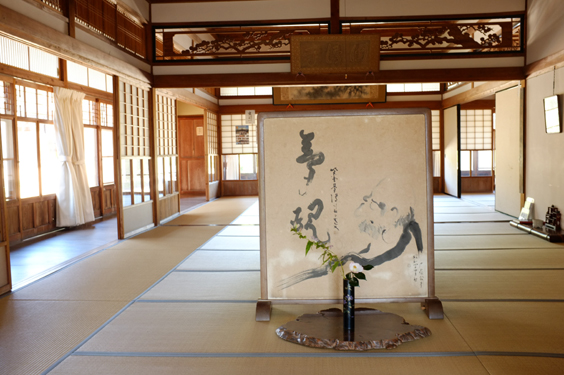
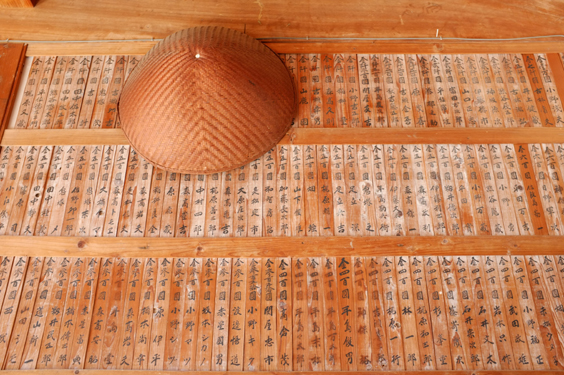
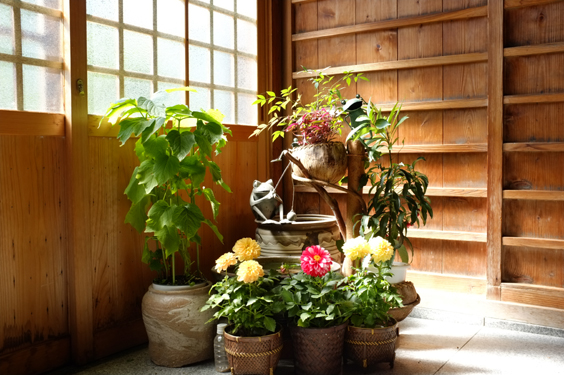
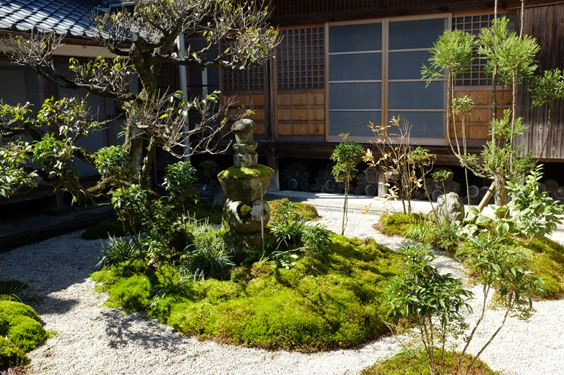
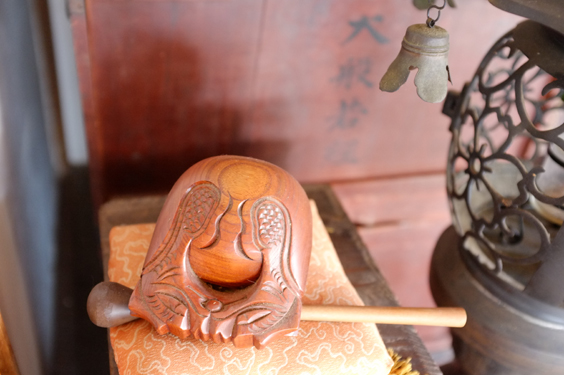
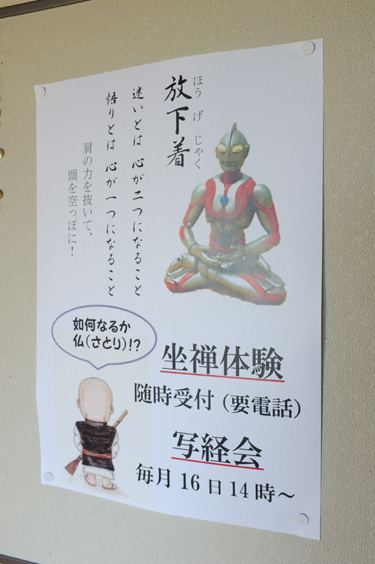
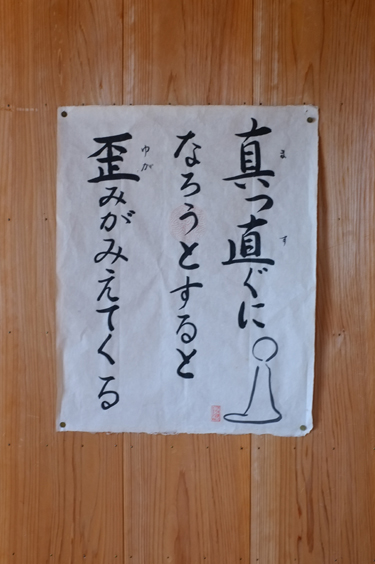
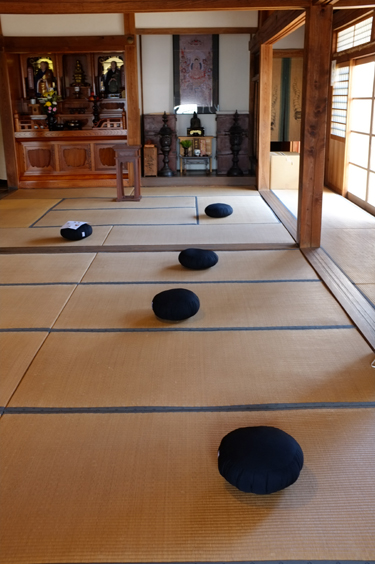

I’ve seen zazen promoted in tourism pamphlets countless times in Japan but it never interested me one bit. It’s also one of the religious practices at Buddhist temples in Thailand, but I always doubted whether anyone actually meditated with serious devoutness and only ever thought that meditation was about sitting silently and going to sleep. And for that reason, I didn’t want to go out of my way to put aside time and participate in something like zazen when I felt I could do the same thing at home just by closing my eyes.
Enseiji is an old, beautiful temple – the main building made of wood, with a garden before it and a rock garden within. But I didn’t come here to inspect the temple, I came for zazen.
I sat down on the round black cushion placed on the tatami and after receiving instruction from the chief priest on how to fold my legs and position my arms for meditation, I sat down facing the wall, and with my eyes still open, tried to calm my mind. So far this is exactly the same as how it is done in Thailand. But from here on it deviates.
According to the priest, if you focus on your breathing, it becomes difficult to entertain wild thoughts.
If there is anyone during zazen who appears to look sleepy, has bad posture, or starts to become too relaxed, the priest will signal them by lightly tapping them on their right shoulder with a wooden stick called a “kyosaku.” The tapped person will then lean their head to the left and the priest will hit them on the right shoulder with the kyosaku. This is not a punishment but a form of encouragement. Following this, both priest and disciple put their hands together in prayer and bow.
During the explanation of zazen, the man who was in charge of my sightseeing trip through Asakura city had the priest hit him with the kyosaku just to see what it felt like, and the noise echoed through the whole room. We realized straight away that we were going to do everything we could not to wind up on the other end of that stick. The man in charge suddenly announced, “I have another job to attend to, so I’ll be heading off,” but I wonder if he wasn’t really just making a beeline for the nearest hospital…!?
So we finished our training and then it came time for the real zazen. Everyone sat in two rows facing away from each other and the priest walked between us observing our technique and posture. Even if you can’t see the priest during zazen, you can hear his footsteps as he shuffles along the tatami, so you always know where he is. As soon as the priest got closer, I poured every effort into maintaining perfect posture and unifying my mind. Once he passes there’s a feeling of relief, but he’s back again almost immediately. I didn’t get sleepy during my zazen experience and I kept my focus, but in doing so was I able to concentrate my conscious and improve my mental state? This I can’t answer.
Just before the end, the priest asked if there was anyone who would like to receive the kyosaku. Everyone had their backs to each other so I had no idea if anyone volunteered. Then, after a brief pause, a painful sounding whack like the one I heard earlier, followed by a short cry, “Ah.” The one who volunteered for the stick was one of the women in the asianbeat staff. When the zazen was over I jokingly said to her, “We can handle the rest of the afternoon ourselves, you should just get yourself to the hospital.”
Later on I regretted not experiencing the kyosaku for myself. If I had, I would have understood just how effective it really was.














Enseiji Temple
Address: 5276 Hakishiwa, Asakura-shi, Fukuoka-ken
Access: 15 minute taxi ride from Chikugo-Yoshii Station, JR Kyudai Main Line (JR久大本線)
Access: 15 minute taxi ride from Chikugo-Yoshii Station, JR Kyudai Main Line (JR久大本線)
Profile
 Zcongklod Bangyikhan
Zcongklod BangyikhanEditor-in-Chief of "a day" and Human Ride magazine, writer, environmentalist, and traveler.
Facebook:
https://www.facebook.com/ZcongklodPage
Twitter:
https://twitter.com/zcongklod
Instagram:
https://www.instagram.com/zcongklod/
This comment section is for readers to leave opinions and comments. Inappropriate comments may be deleted, so please remember to be respectful. Thank you!
Previous | Next
 Measures and provisions are being taken at various locations in an effort to prevent the spread of the new coronavirus.
Measures and provisions are being taken at various locations in an effort to prevent the spread of the new coronavirus.




